What is the most confusing car brand of all time? It’s an intriguing question – and we reckon the answer might well be Talbot.
The story started all the way back in 1888, when Charles Chetwynd-Talbot, the 20th Earl of Shrewsbury, founded a London taxi firm with the competitive advantage of using newfangled pneumatic tyres.
Eight years later, the Earl entered business with one Adolphe Clément, who had made a fortune from said invention, to sell the Frenchman’s tyres, bicycles and cars in London.
In 1902, the pair strengthened their partnership, rebranding the cars Clément-Talbot. But after just a year they bisected their business: the Earl would sell cars badged Talbot in Britain, his partner cars badged Clément-Bayard in France.
Amusingly in hindsight, adverts in Autocar stated that this change was being made “in order to prevent confusion in the mind of the public”. In 1906, the Earl’s London factory began making cars of its own design, separating the two firms yet further.

Talbot soon started succeeding in races and reliability trials, earning it the nickname ‘Invincible Talbot’. Its biggest coup came in 1913, when Percy Lambert became the first person to do 100 miles in an hour, lapping Brooklands in a 25hp special – even though “he could hardly see for several laps” due to thick fog.
Enjoy full access to the complete Autocar archive at the magazineshop.com
The Great War badly disrupted the London firm and literally gutted the Paris firm, and both struggled to recover afterwards.
So in late 1919 the Earl sold up to Darracq, a British-owned French car maker; and in 1921 Clément sold his factory to local upstart André Citroën.

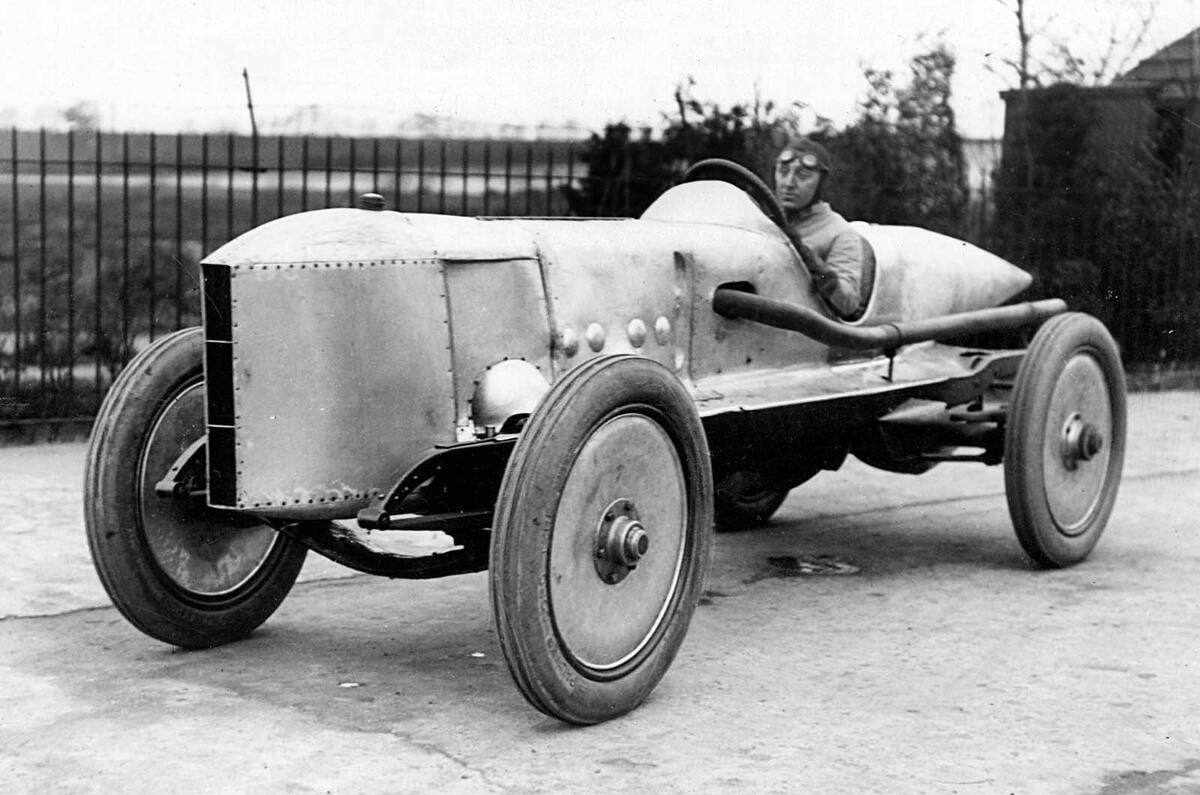

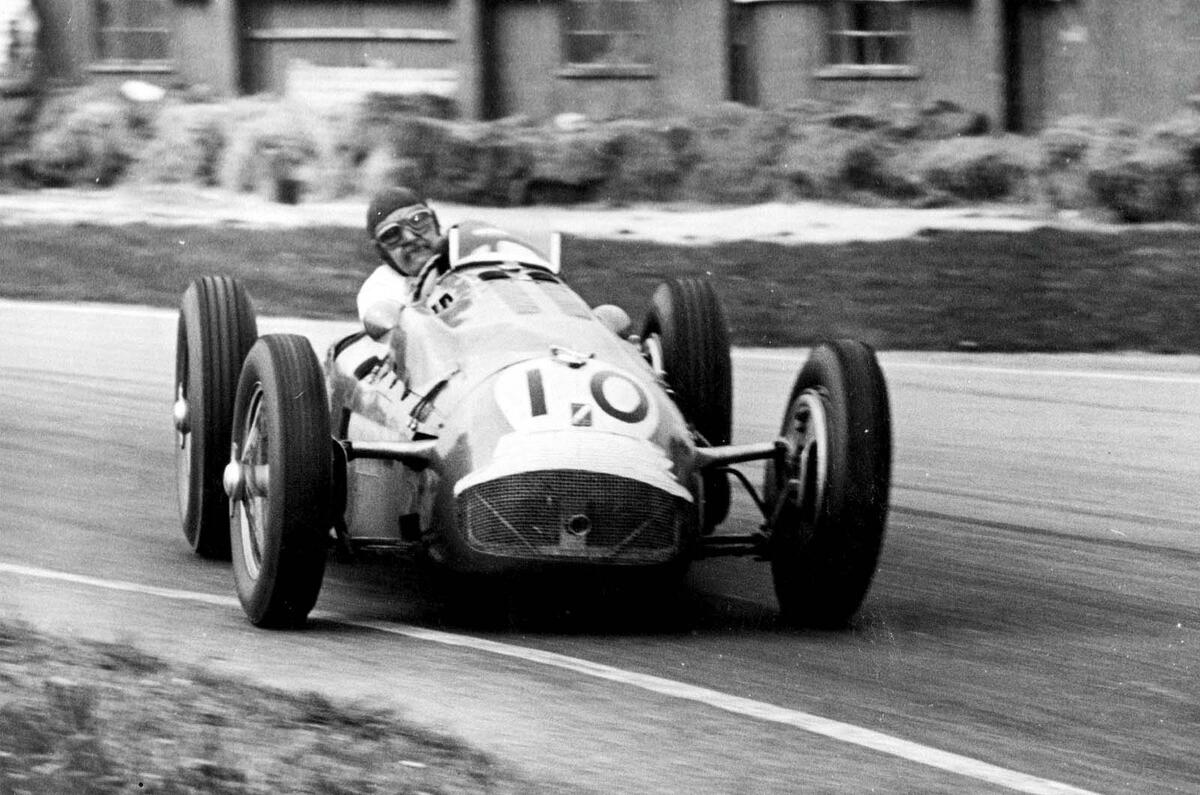

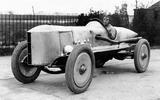
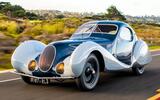



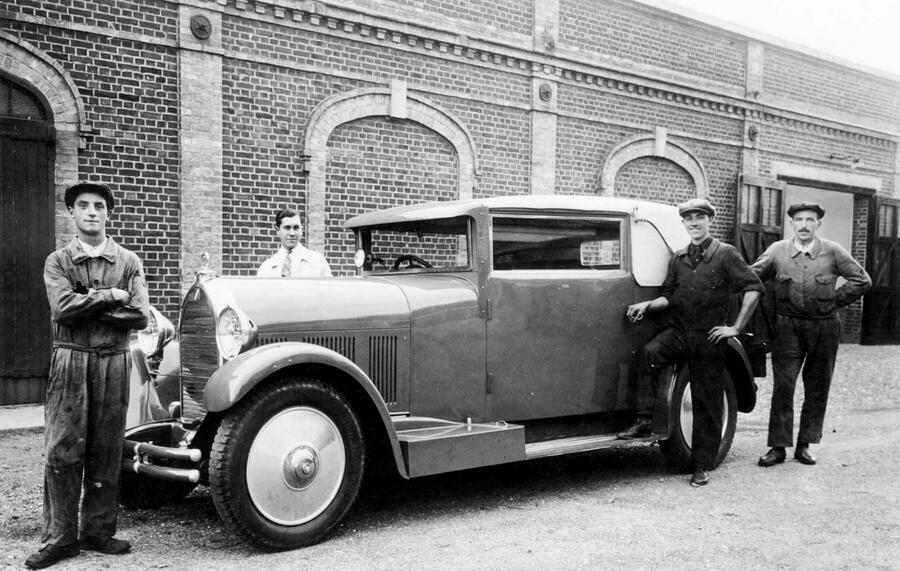
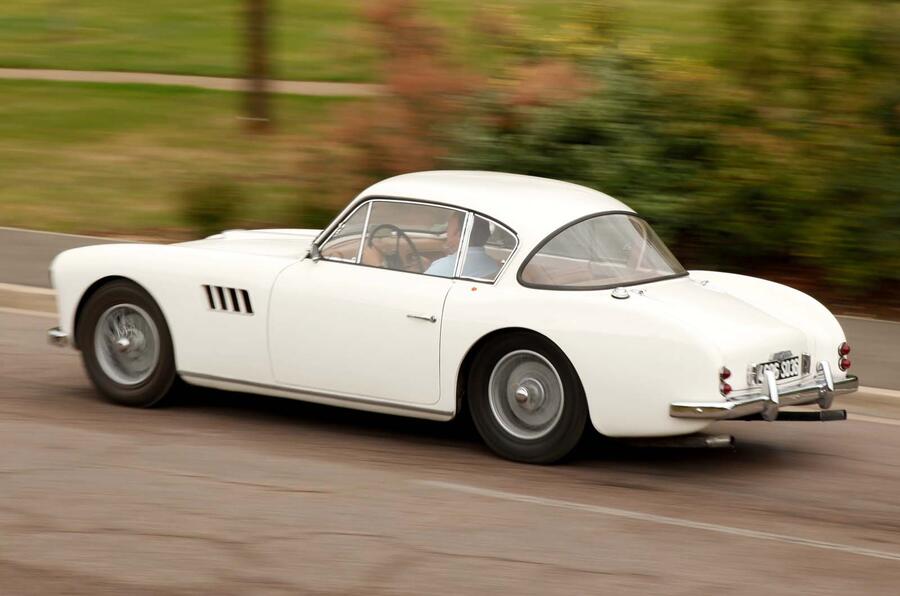
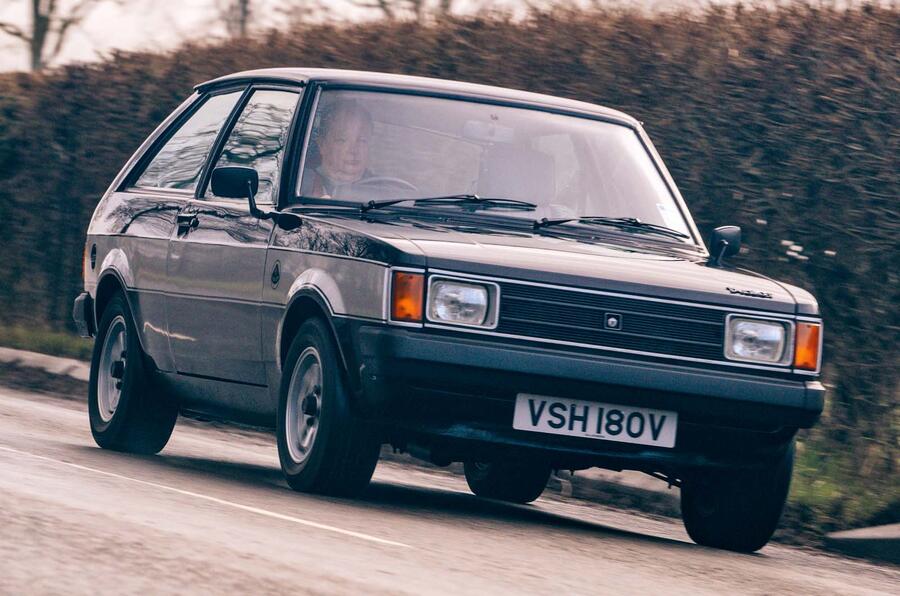


Join the debate
Add your comment
Captain Pedant here. The caption to the photo is inaccurate. The 100 MILES PER HOUR barrier was exceeded in 1904. 100 mph IN AN HOUR came much later.
Please explain, if you understand.
Time for Stellantis to bring the name back surely. After all DS clearly hasn't worked!
There must be a lot of people now, who will never have heard of Talbot and, I think Stellantis need to leave the STD Motors brand well alone...